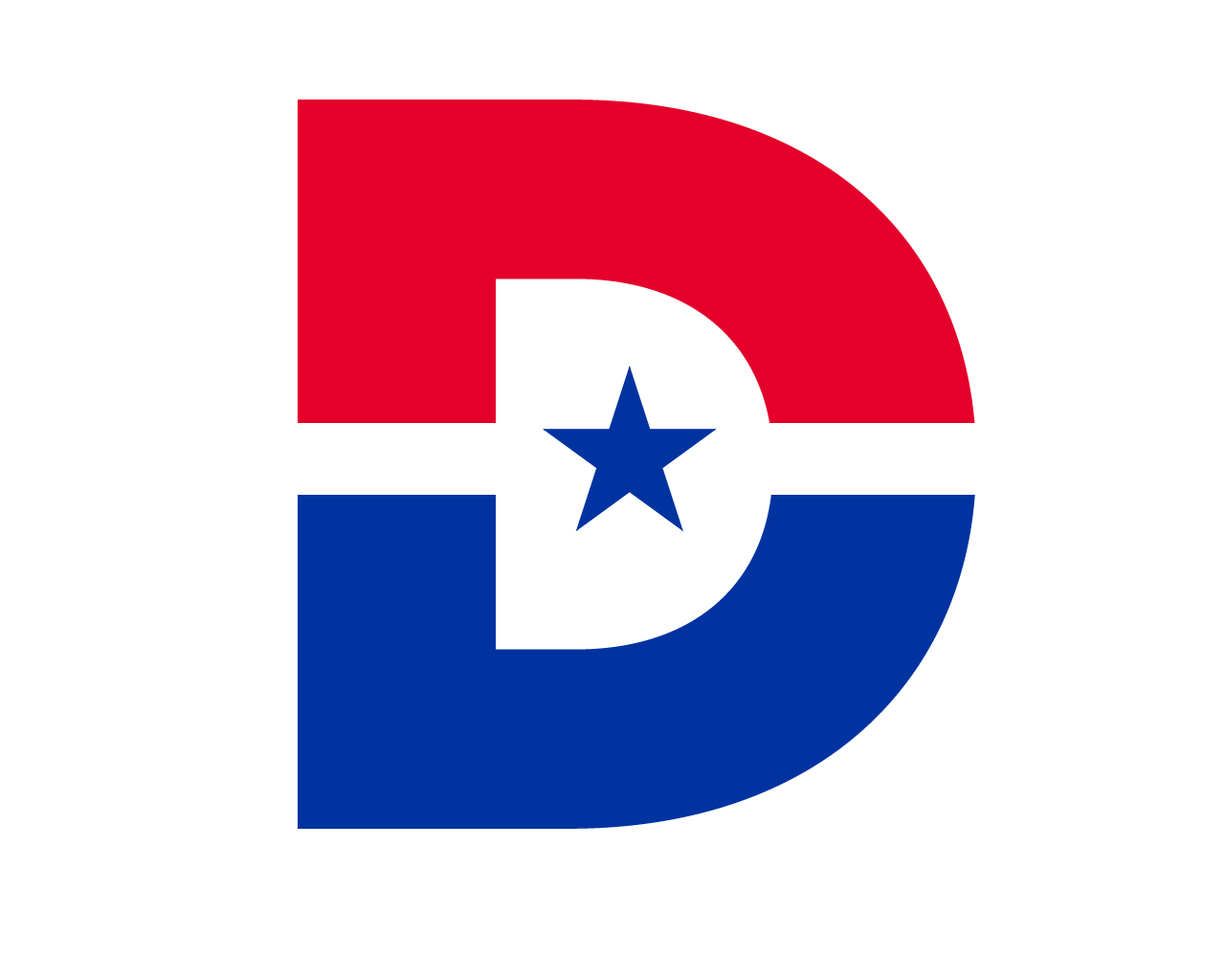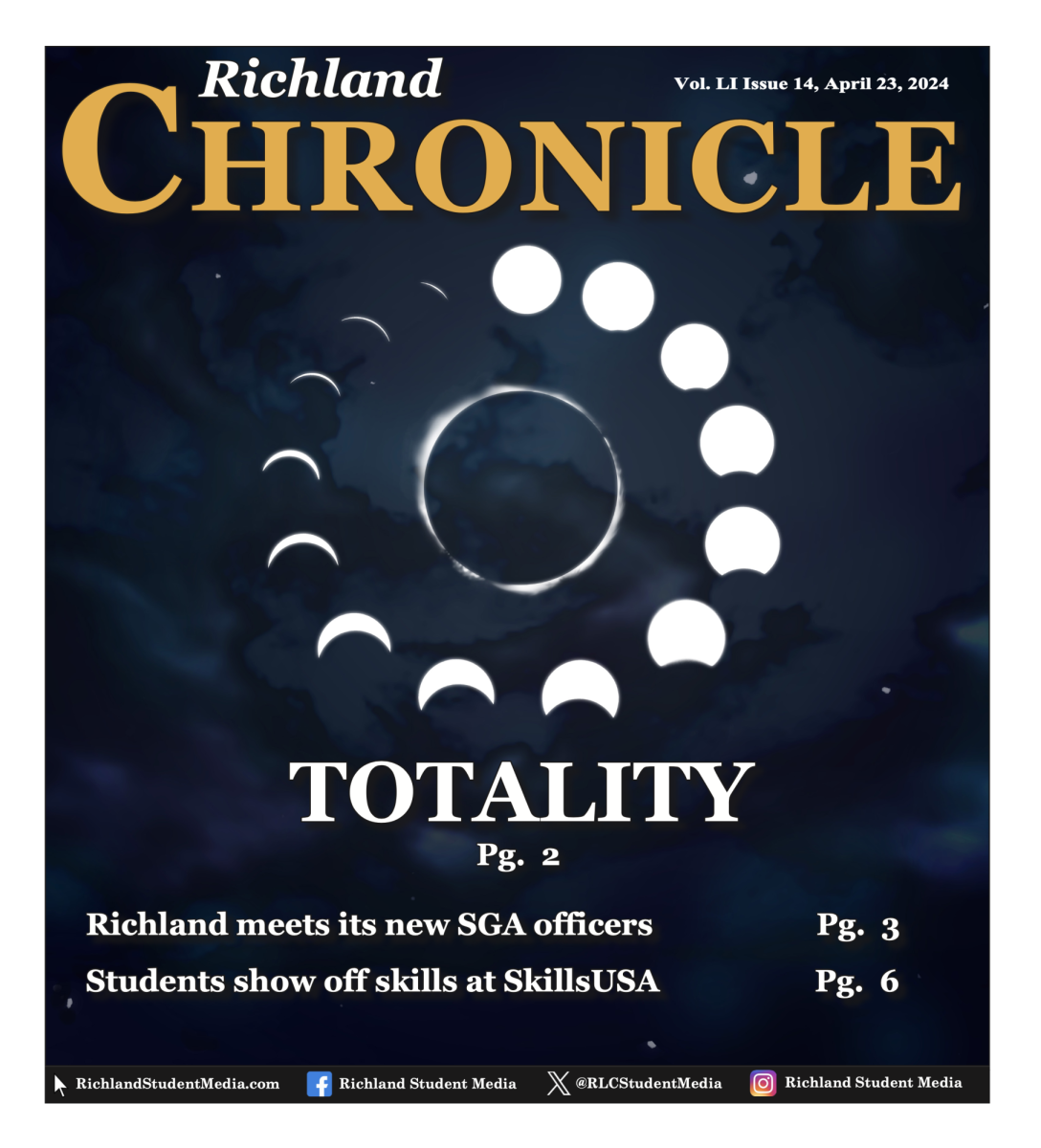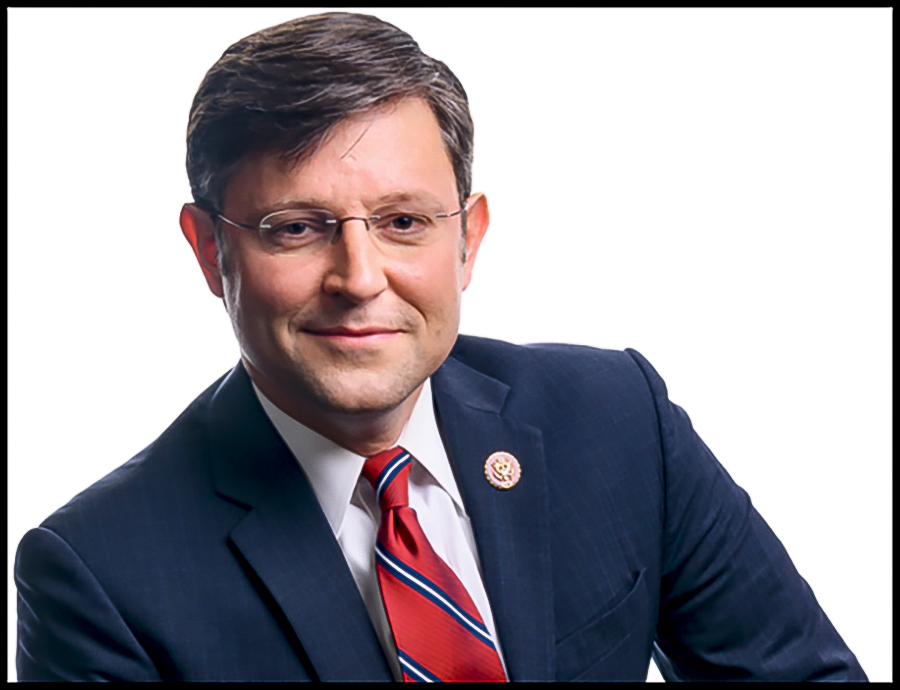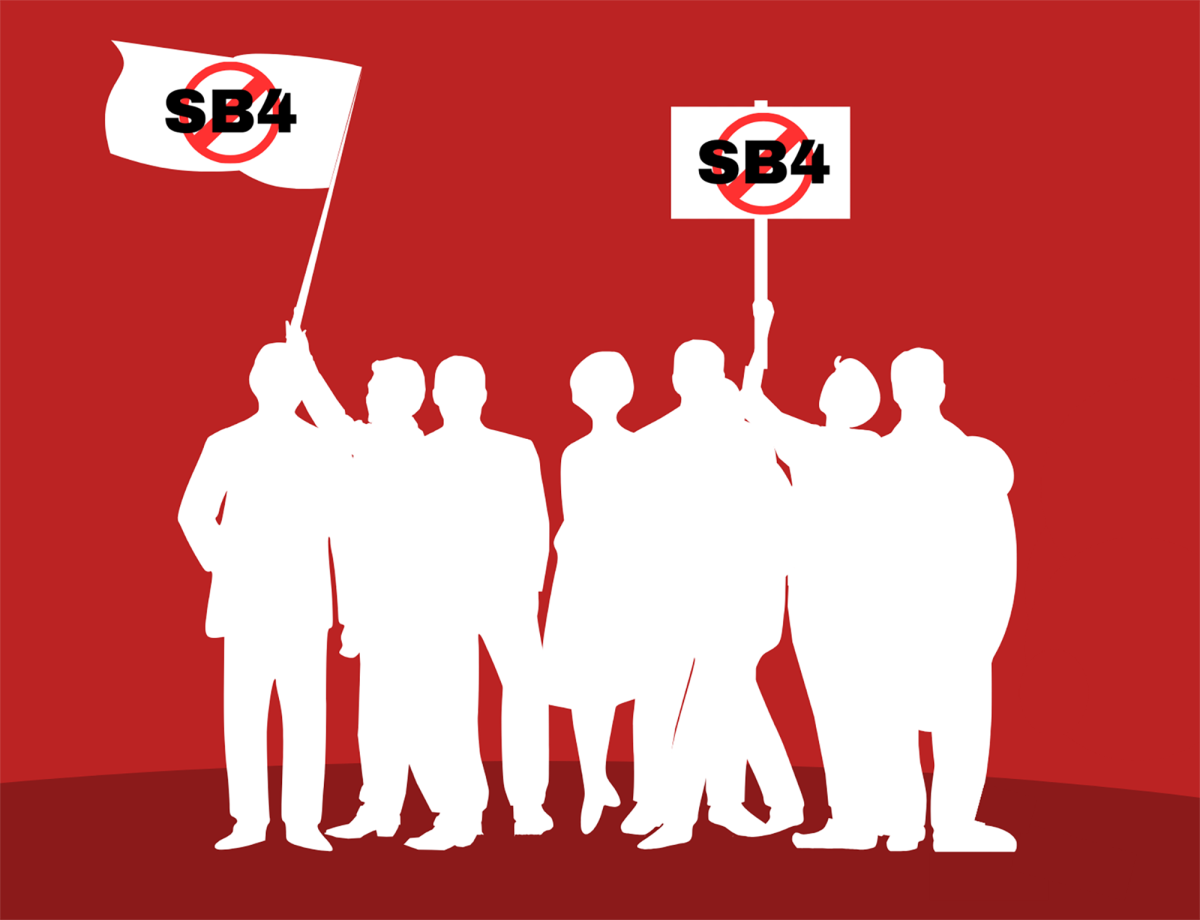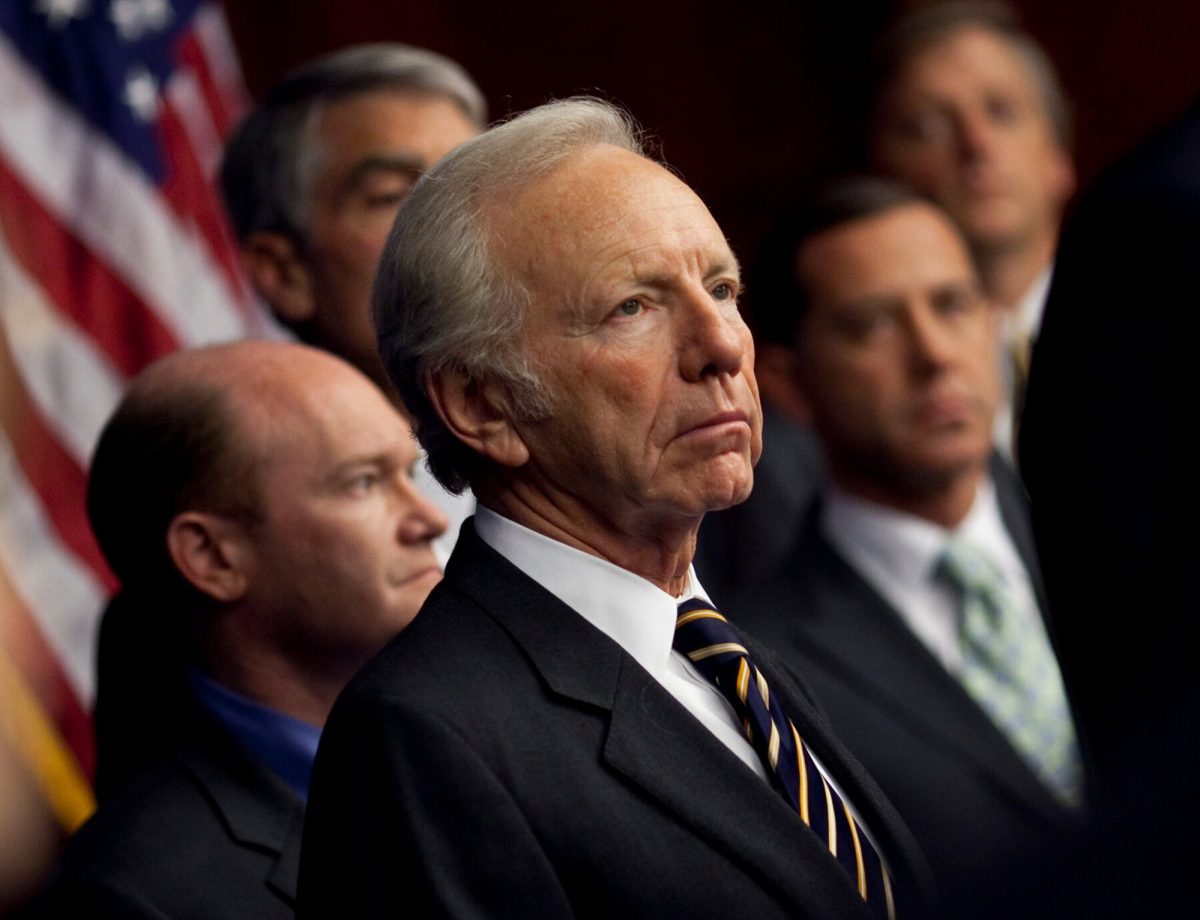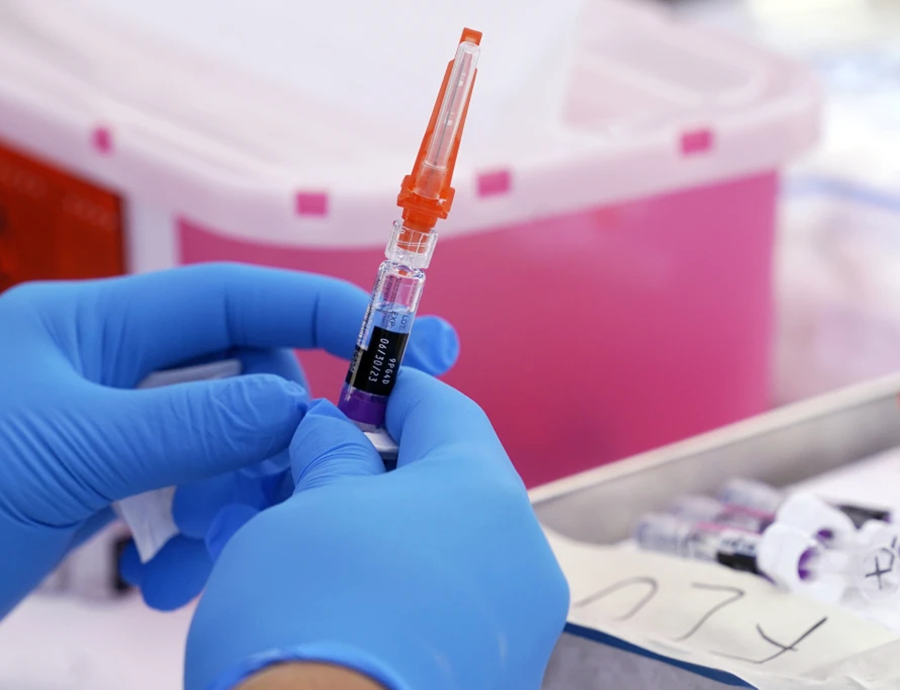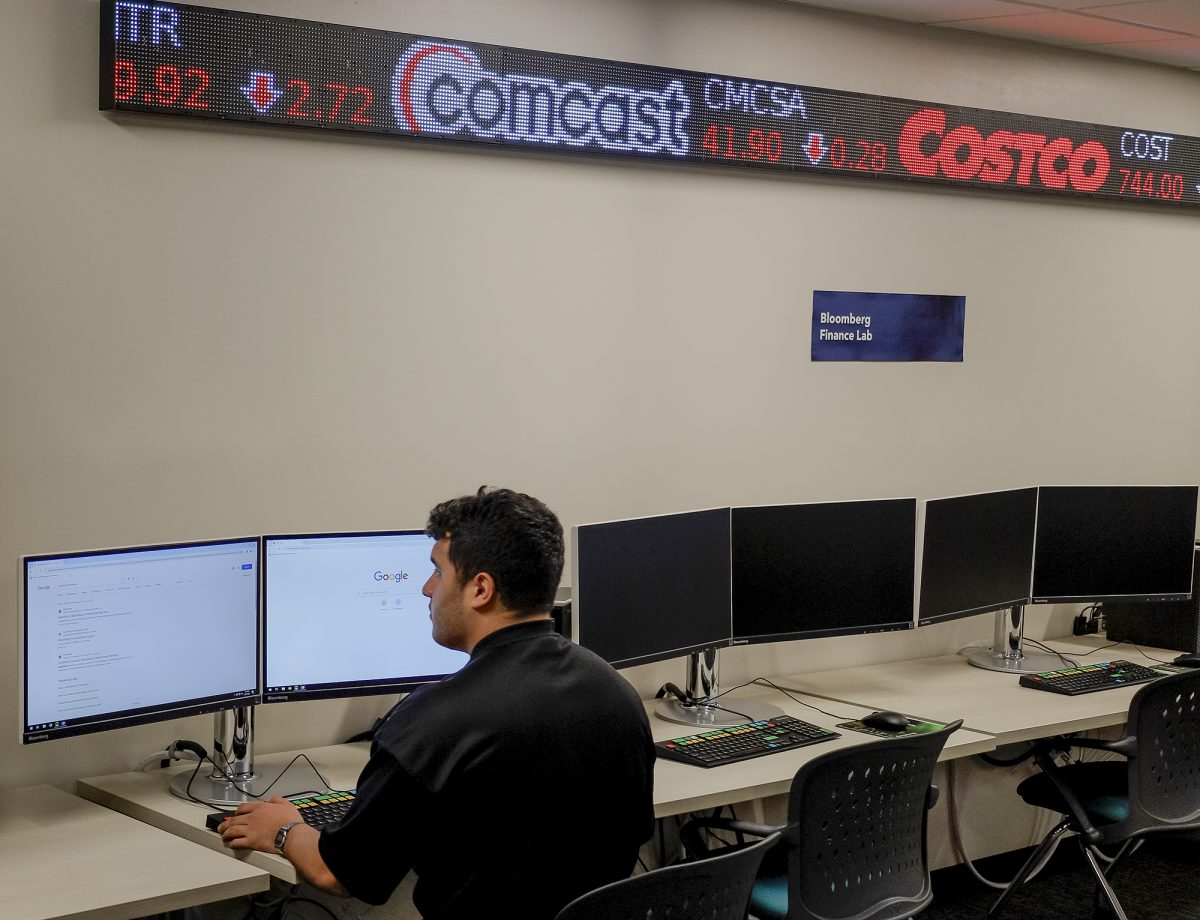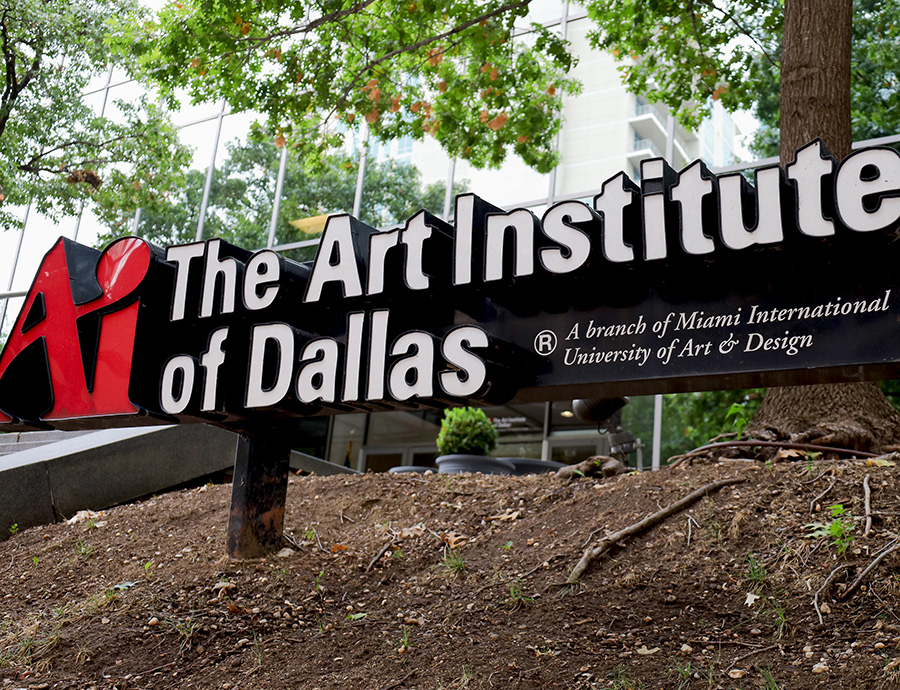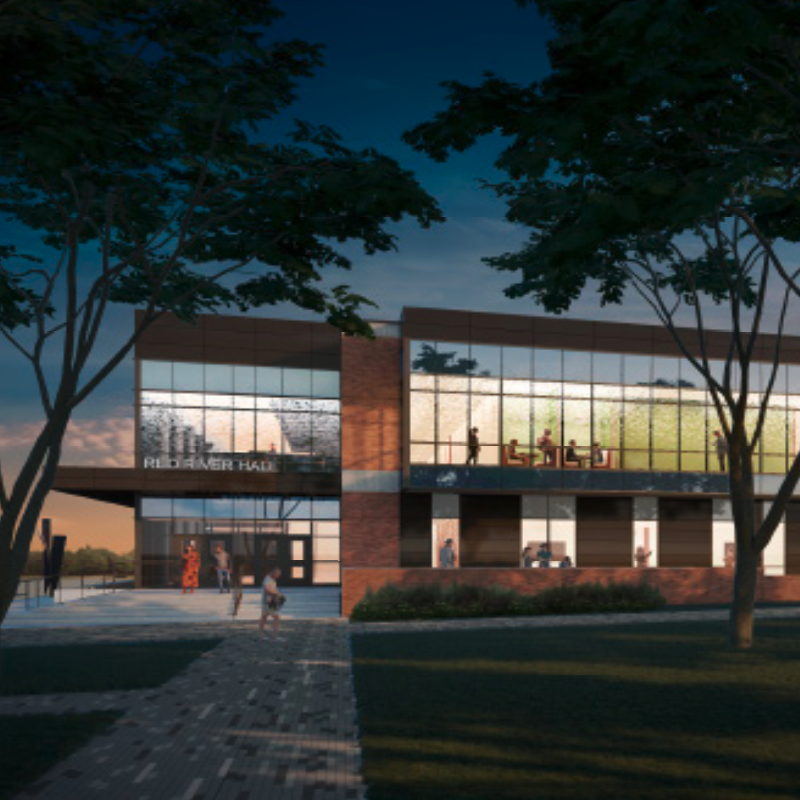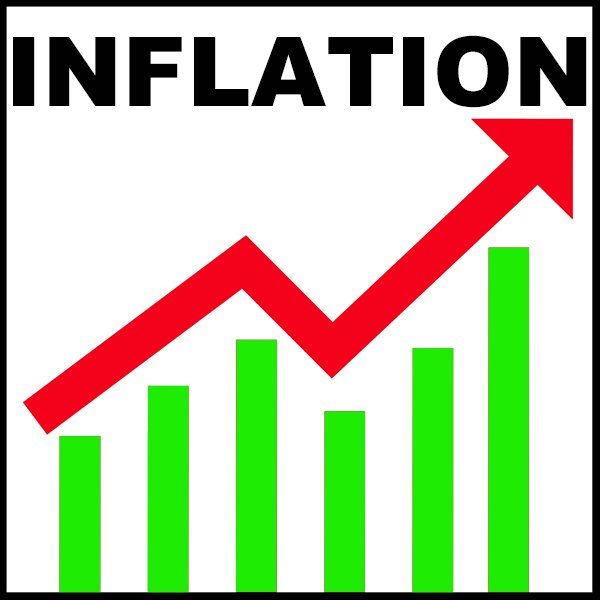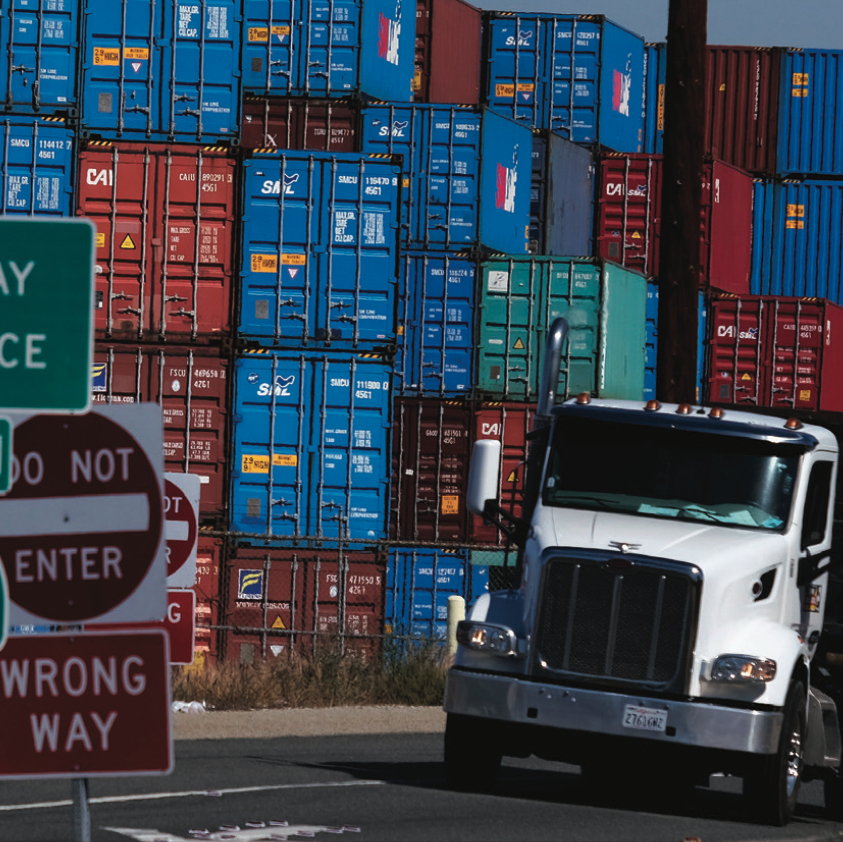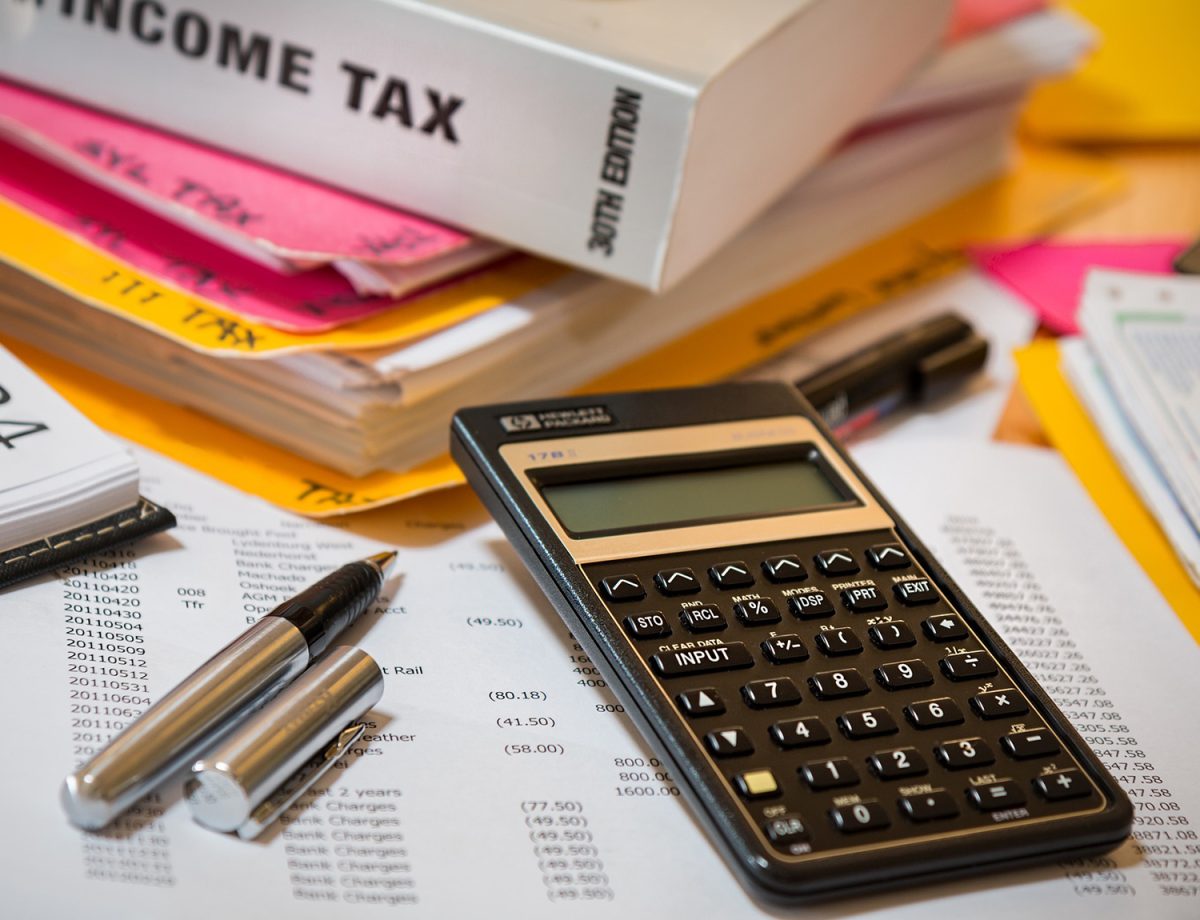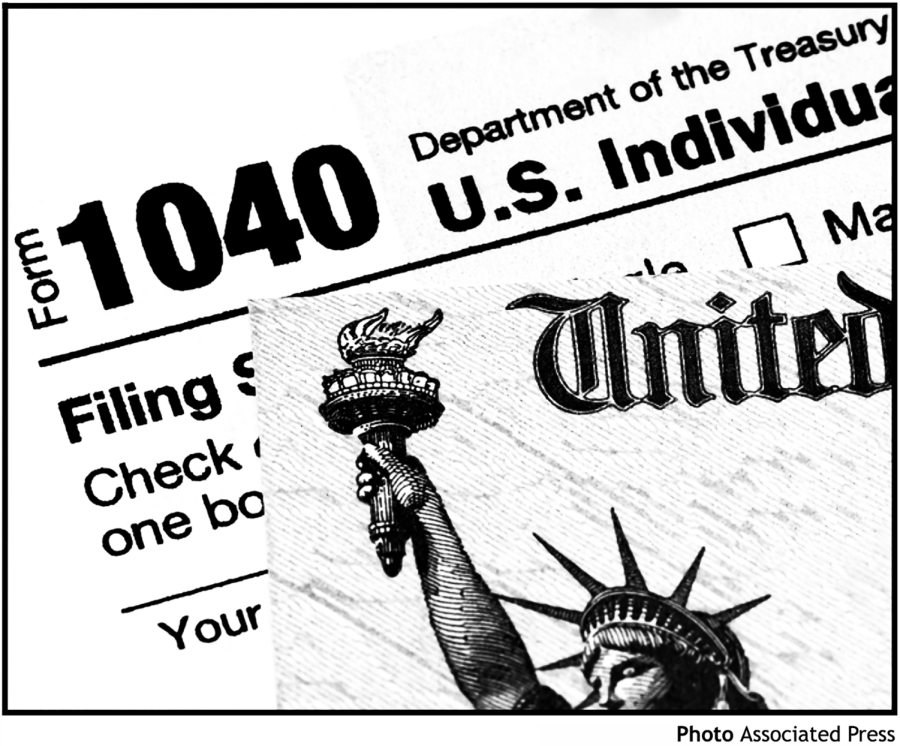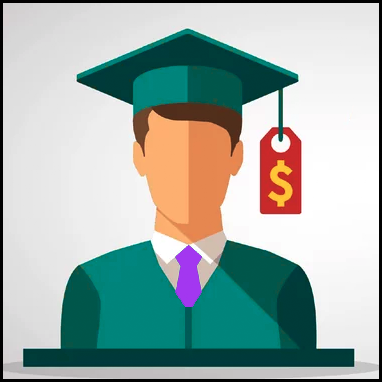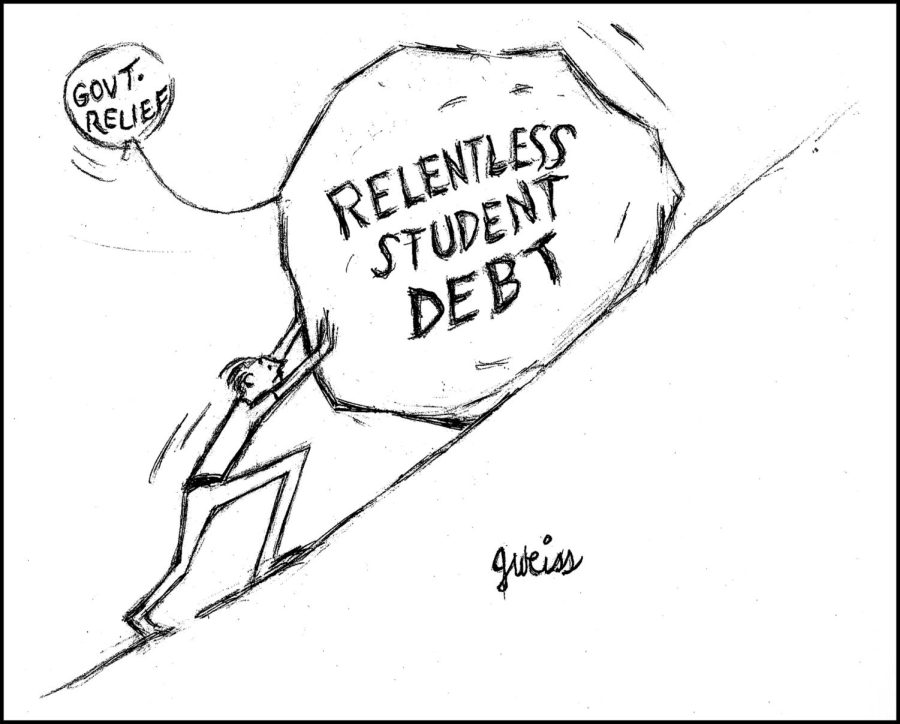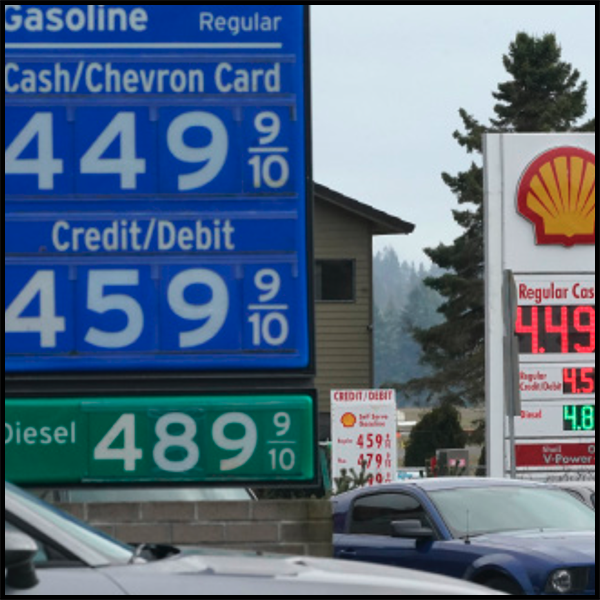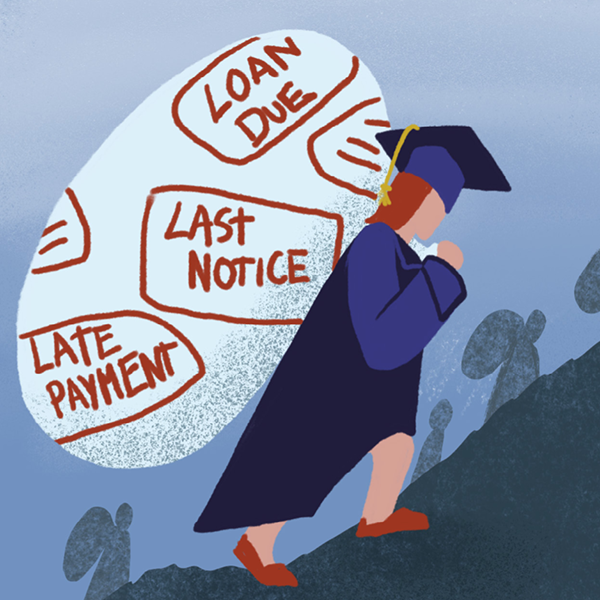Raymond Thomas Pronk
Staff Writer
Every day the American people are becoming acutely aware that inflation is reducing the purchasing power of their money as they shop for food at their local grocery store and gasoline at their local gas station. Inflation will be the No. 1 concern and political issue in the 2022 election. U.S. inflation is largely due to excessive Federal government spending over the last two years resulting in the 2021 inflation rate of 7.1% and the 2022 inflation rate of above 8% In prior years inflation typically ran between 1 and 4%.
Inflation is an increase in prices for a large and representative sample of goods and services over time in the United States economy. The Department of Labor produces the consumer price index, the most widely used measure of inflation for U.S. urban consumers, who represent about 93% of the U.S. population.
The Department of Labor reported in September that the all-items consumer price index rose by 8.3% for the 12-month period ending in August. This is a slight decrease from the 8.5% for the period ending in July. The largest contributors to the price increases were in the shelter, food and medical care indexes. These increases were largely offset by a decline in the gasoline index that fell by 10.6% . While the energy index fell by 5% over the month due to the decline in the gasoline index, the electricity and natural gas indexes increased. The food index increased 11.4% over the last year, which is the largest increase since 1979. These are the highest rates of inflation in 40 years and has forced the Federal Reserve to have a tight monetary policy by raising the federal funds discount rate to higher and higher levels.
The Federal Reserve focused in on stopping inflation by increasing the federal funds rate another .75% on Sept. 19 following two previous increases of .75% The Fed took the federal funds rate up to a range of 3% to 3.25%, which is the highest it has been since early 2008. This will impact directly the interest rate for bank credit card annual percentage rate, raising them to between 18 and 19% . The cost or interest rate charged for new auto loans could also rise to about 5.5% to 5.75%. For new home mortgage loans, the mortgage rates have already risen from 3% to over 6%. Variable rate loans for personal loans and for home equity line of credit should continue to increase as the Fed increases the federal funds discount rate.
The cost of borrowing money or the interest rate will rise as the Fed continues to increase the Fed funds interest rate. This in turn should have an impact on consumer spending by reducing consumer purchases.
The Federal Reserve, as the central bank of the United States, has responsibility for United States monetary policy by controlling the amount of money in circulation. It does this through buying and selling Treasury and federal agency securities on the open market though its Federal Open Market Committee. If the Fed wants to reduce the amount of money in circulation, it sells large amounts of securities. By reducing the supply of money in circulation, the interest charged to borrowers increases, making the price of money more expensive.
The United State economy is in a recession with two consecutive quarters of negative economic growth. By early October, we should know whether the third quarter of 2022 also experienced a negative growth rate as well and the rate of inflation though September. Fed Chairman Jerome Powell said it best. “The chances of a soft landing are likely to diminish” as the Fed steadily raises borrowing costs to slow the worst streak of inflation in four decades. “No one knows whether this process will lead to a recession or, if so, how significant that recession would be,” Powell added.
Unfortunately, I believe inflation will continue, the Fed will also continue to raise interest rates and reduce the money supply in future months and the U.S. economy will continue to have negative economic growth. The U.S. economy is in a recession. Economists call it stagflation.
